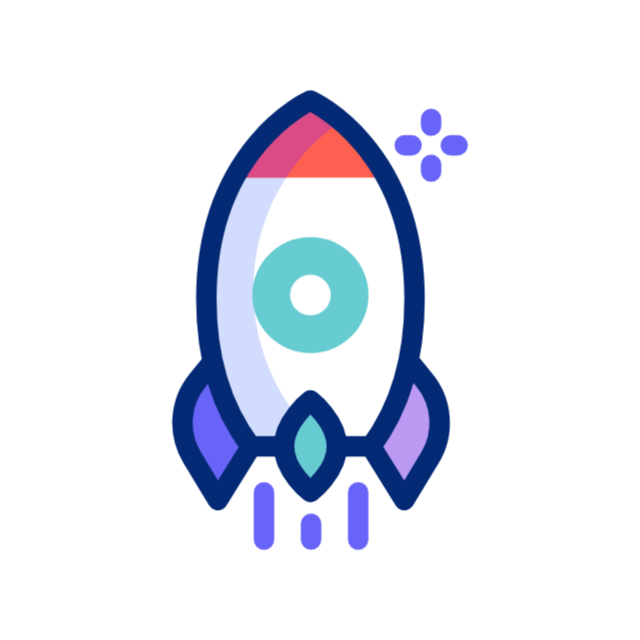Inside Vibe Coding: The AI Shift That Changes Startup Building
In tech today, vibe coding shows up. AI writes code from plain text commands. Founders use this to build apps fast. Startups in 2025 try new ways to create software with AI help.

What Is Vibe Coding?
Andrej Karpathy named vibe coding in early 2025. AI models, like ChatGPT, read simple requests and write code close at hand. Developers give clear, short prompts. The AI responds with working code. Here, words and meaning tie closely—the commands drive the code. The human role now stays with guiding, testing, and fixing what the AI writes.
How Startups Use Vibe Coding
Startups join this shift quickly. Y Combinator reports show many companies now write over 95% of their code with AI. Teams stay small, and founders work with a few people. Short instructions give way to new code. Growth hits about 10% each week for some. With AI in charge, small groups or even one person can launch an app. This method cuts extra work and staff costs.
The Reality: Limits and Results
Benchmarks of AI code tests move up. Some AI models score more than 60% on coding tasks. Still, human skills beat AI when the code gets deep or odd. Each short sentence of code needs a human check. This keeps the work safe, smooth, and secure.
Vibe Coding in Workflow and Teams
Roles shift fast. One person now writes the prompt while another tests the code. Short commands and quick feedback tie the work together. Startups now trim the team. Even founders who do not code can join in by speaking the code ideas. Still, adding design and market work stays key.
Open Questions and Challenges
Some points stay unclear:
• Will the code stand strong over time?
• Can AI code guard sensitive data well?
• Who rights the AI-written code?
• How many success cases exist with this new method?
These questions tie closely to the new method and ask for clear answers.
In Summary
Vibe coding shows a fast, new way to create apps. AI writes code from clear, simple prompts. This helps startups work quick and with a light team. Human work still guides, tests, and fixes the AI’s work. With each clear link between words and code, a new story begins. As AI grows, the method may join all startup builds.
Highlights / Key Takeaways
• Vibe coding turns plain language into real code with AI.
• Many startups now build most of their code with AI, gaining speed.
• AI scores rise but still work best with human checks.
• New roles focus on clear instructions, testing, and planning.
• The method brings fast work but asks for tests on long-term use.
What’s Missing or Gaps
• Few public cases show a full startup made by AI that scales.
• Long-term upkeep and safety of AI code are not clear.
• Tools for daily work with vibe coding need more details.
• Legal rights and ethics for AI code still ask questions.
Reader Benefit / Use-case Relevance
• Help for founders and coders who think about using AI.
• Clear view on the new method versus old ways of coding.
• Insights into new roles and team shifts in startups.
• A balanced look at what vibe coding does now and may do in the future.


